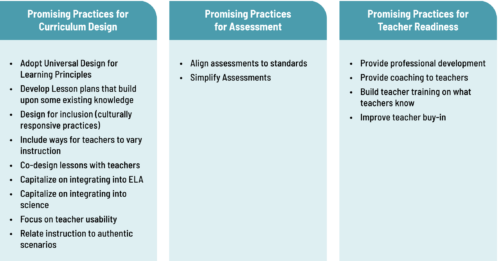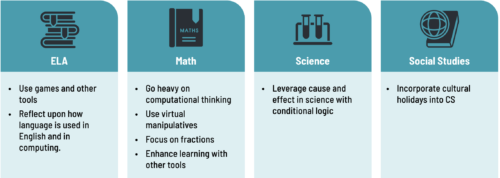Engineering PLUS Program + Webinars
The last few years have seen significant changes in the higher education landscape, including new legislation in many states that affects diversity, equity, and inclusion efforts as well as the Supreme Court’s recent decision related to affirmative action.
These changes have left many in higher education wondering how to craft policies and programs that will encourage participation by all students – including those who have been historically marginalized – while following the new laws.
The Engineering PLUS Alliance – an NSF-funded project with the goal of improving representation in engineering – invites you to participate in a program designed to help with these questions. The program includes interactive webinars where participants can learn from expert guest speakers and from each other as they develop a plan tailored to their role and context. Benefits of participating include opportunities to learn from others facing similar challenges, access to a curated resource collection, feedback and guidance on an action plan, and support and community.
The webinars are scheduled for September 14th, October 12th, and November 9th, from 1pm to 2:30pm central time. We request that each participant complete ‘pre-work’ (which will take less than one hour) for each webinar.
If you are interested in participating, please register here. If you have any questions, please contact Julie M. Smith at julie@csedresearch.org.


